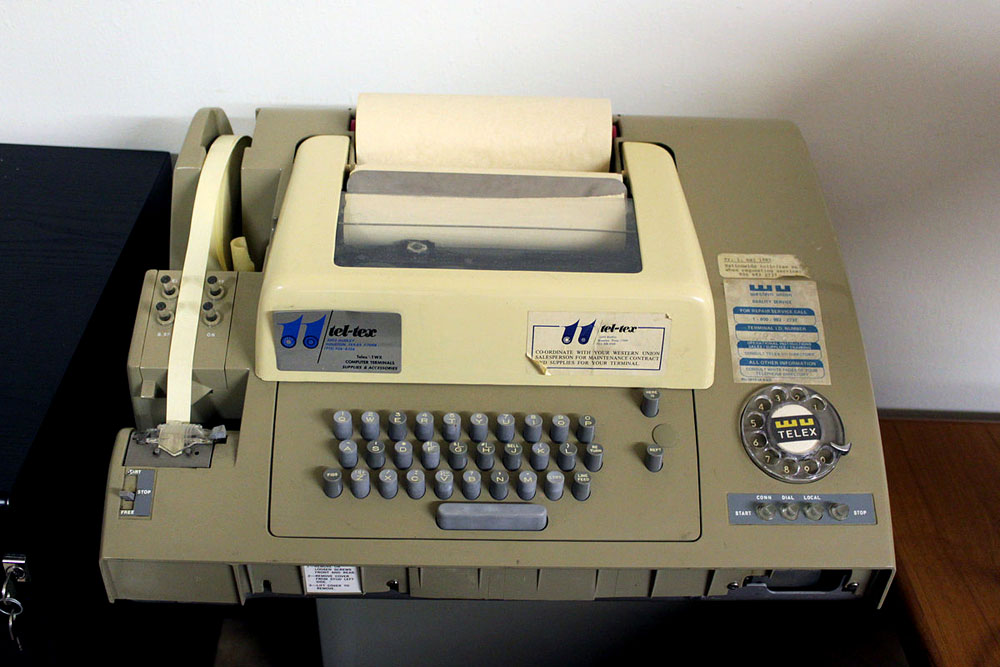I have never used Twitter. I never will.
If I take off my snark cap and put on my nice cap, and if I try to come up with a reason to justify Twitter’s existence, then this is the best I can do: Twitter is like texting, but it’s a broadcast rather than one-to-one. The 140-character limit isn’t so weird if you assume that most twitting — I mean tweeting — is done from phones. In fact, I think that when Twitter first came into existence, it used SMS text messages and had to work within a 160-character limit. You can use Twitter to “follow” someone that you’re interested in, or you can use hashtags (#babblebabble) to tune in to particular subjects.
Whatever. It’s still useless. A text message that says “I’ll be there at 6” or “I fed the cat” makes perfectly good sense to me. But nobody in the world — including Donald Trump — has anything to say in 140-character broadcasts than I am in any way interested in.
The situation has become much worse, because “Tweets” now find their way into news stories. If I still worked in a newspaper newsroom, I’d argue until I was hoarse that “Tweets” should be treated like any other quotation — inside the paragraph with quotation marks around it, appropriately attributed. But no, the print media seem to have taken up the horrifying, visually jarring convention of putting each litle Tweet into a paragraph of its own, with lots of white space above and below it, some of it in italics, including a bunch of stray characters that are no more useful than 75-year-old Western Union routing codes for Telegrams: “LA063 OD137 0 SFR200.”
And still worse, to stay within the 140-character limit, all sorts of ad hoc abbreviations, elisions and omissions are required, unless of course the Tweet is split into multiple particles, each helpfully numbered (5), (4), (3), (2), (1) in reverse order.
During the days of Western Union, bandwidth was extremely expensive. Depending on how far a Telegram was going, each character cost a lot of money. So there was a good reason for keeping your message short.
Now bandwidth is incredibly cheap, so cheap that we can stream high-definition movies, a different movie to each room of the house. Peter Thiel is famous for saying, “We wanted flying cars, instead we got 140 characters.”
My first job was as a newspaper copy boy in the 1960s. One of my responsibilities was looking after a room full Teletype machines. There was even a Western Union Telex printer in the room, because newspapers got a lot of Telegrams.
In many ways, I loved the days when bandwidth was expensive. When bandwidth was expensive, information that came in from far away was valuable, with an aura of exotic magic about it. If it weren’t valuable, it would not have been sent. Remember long distance? It was very expensive, and it was thrilling to hear a loved one’s voice from far, far away. These days the chatter is almost all worthless. That’s why I don’t use Twitter. Increasingly, I don’t use the telephone, either. But that’s a rant for another day.



I presume you wrote this before you had your cup of coffee or tea? Very funny.
It’s like me ranting about gun owners and why they don’t need one…
Thanks for the laughs
H
I’ve had a few different Twitter accounts, but I never kept them very long. Too tedious. Too sparse.